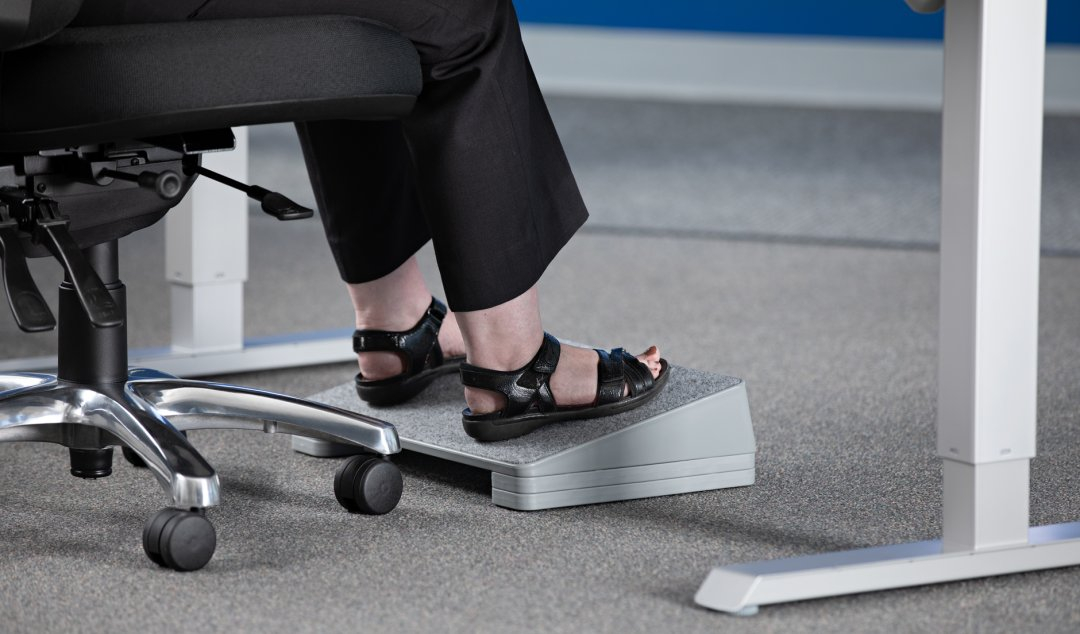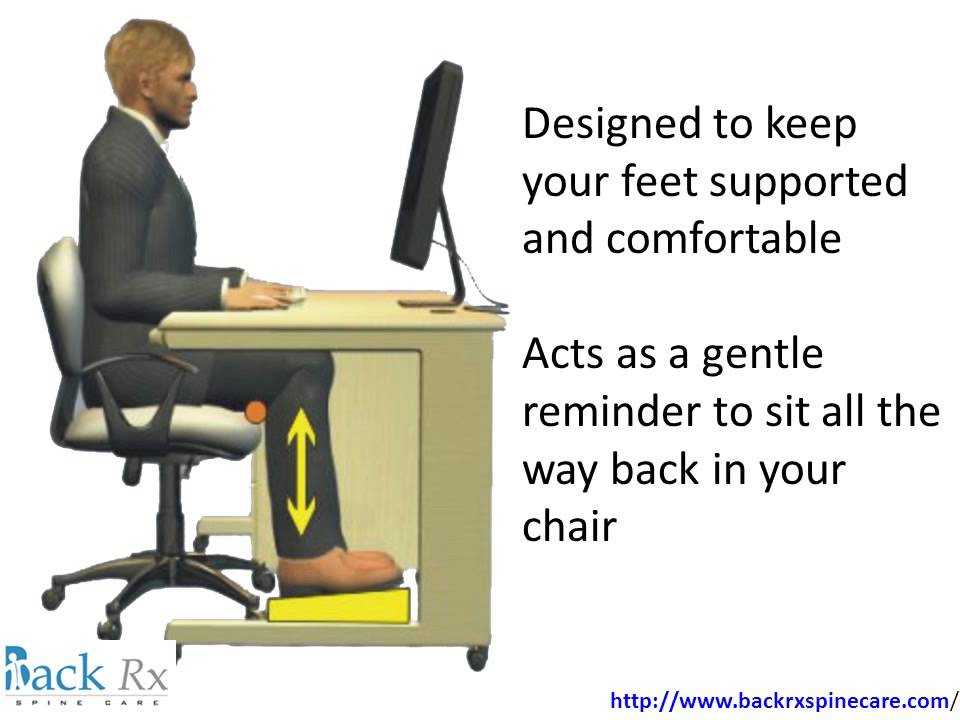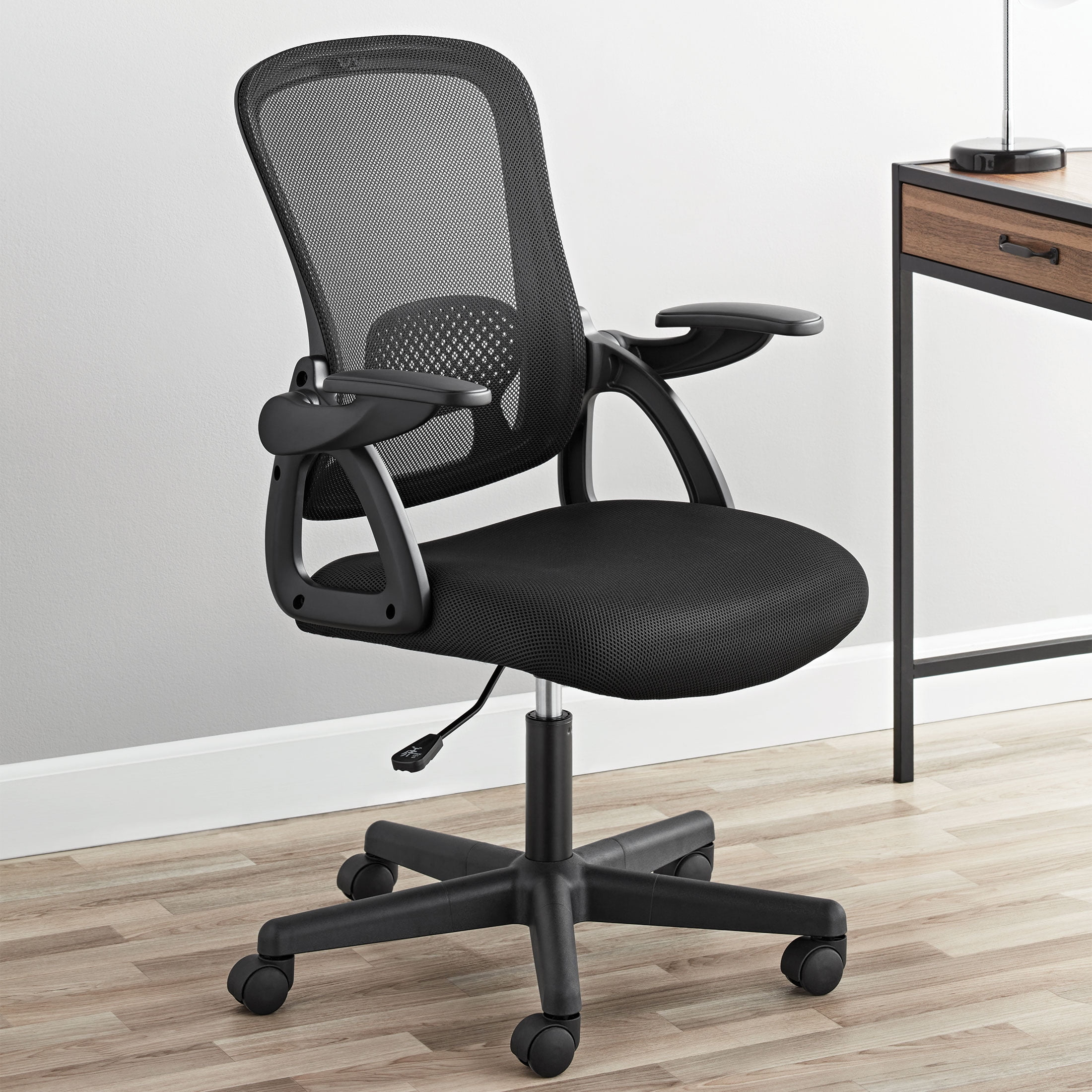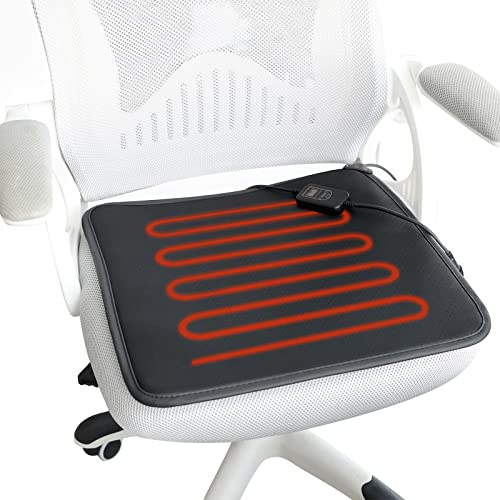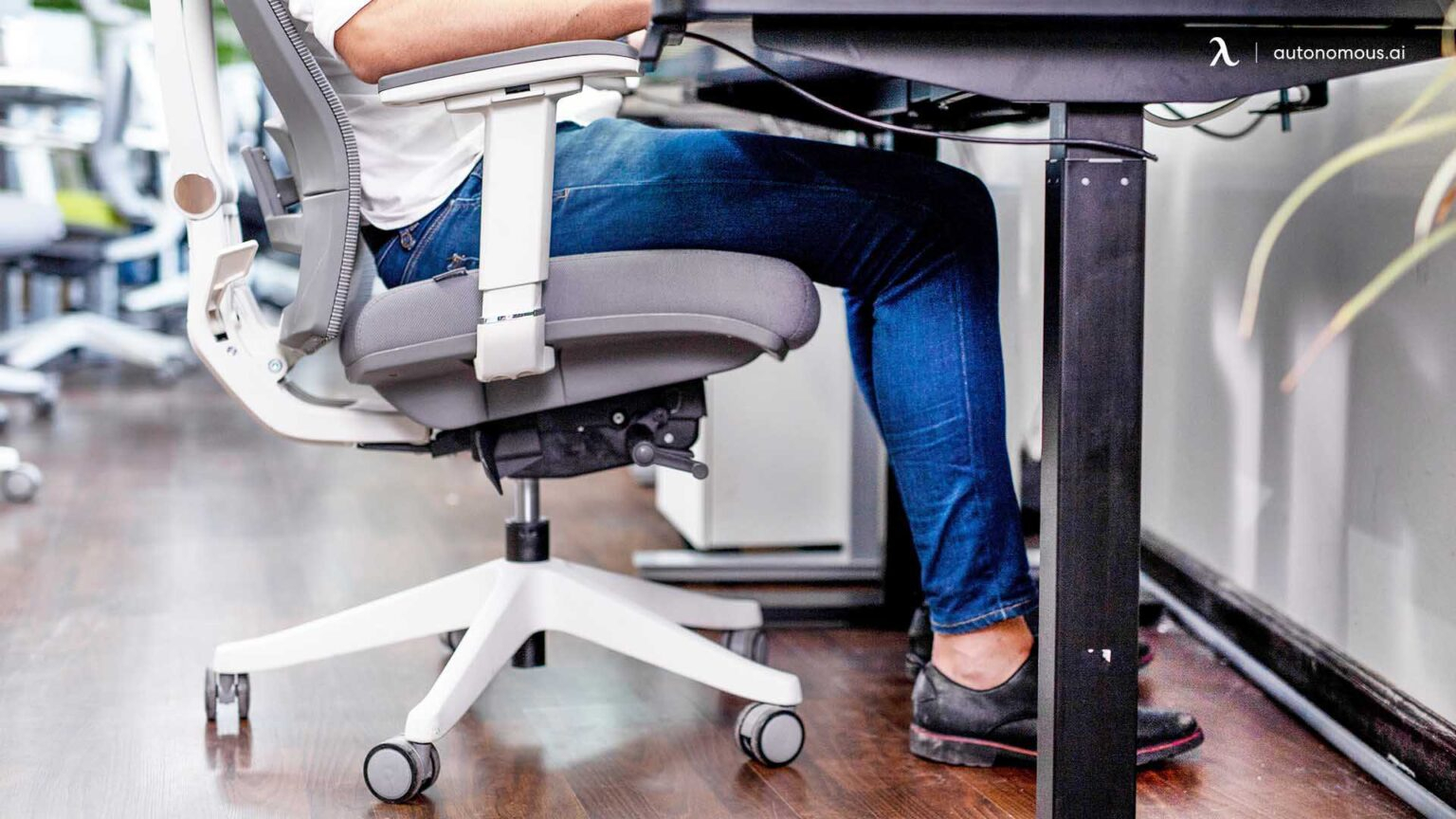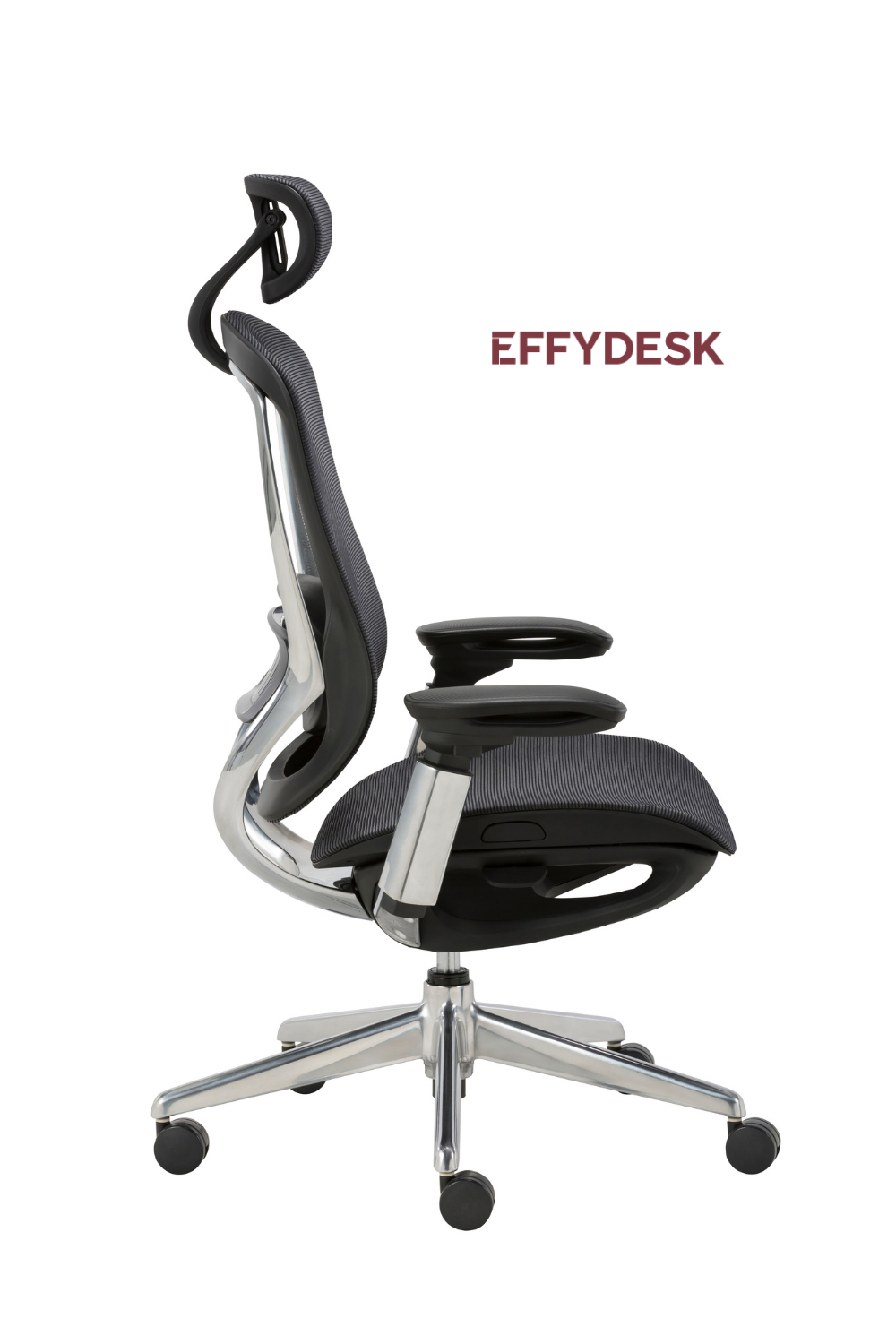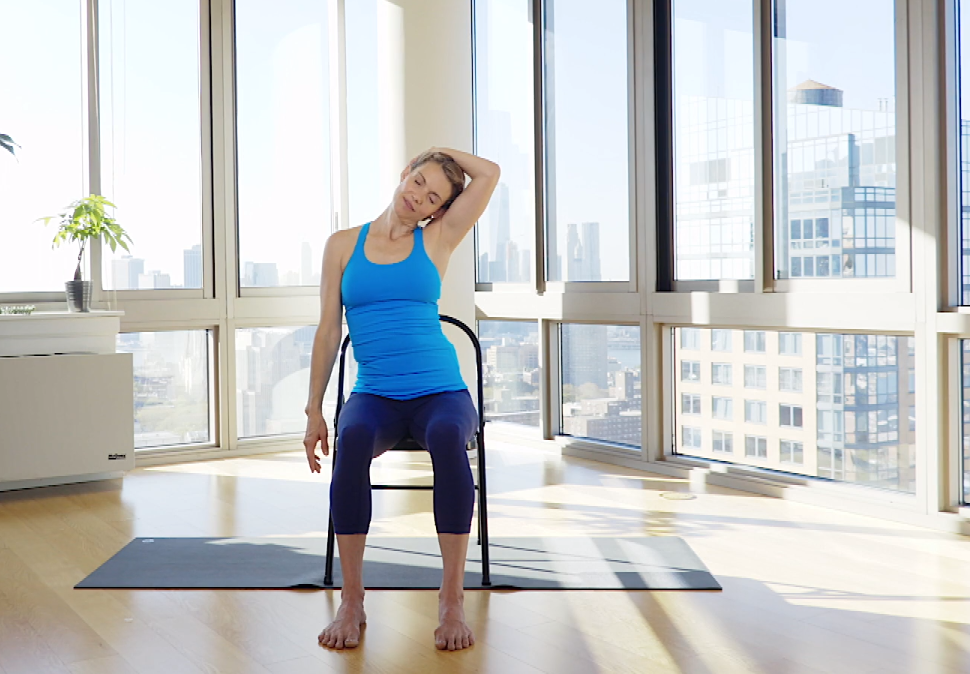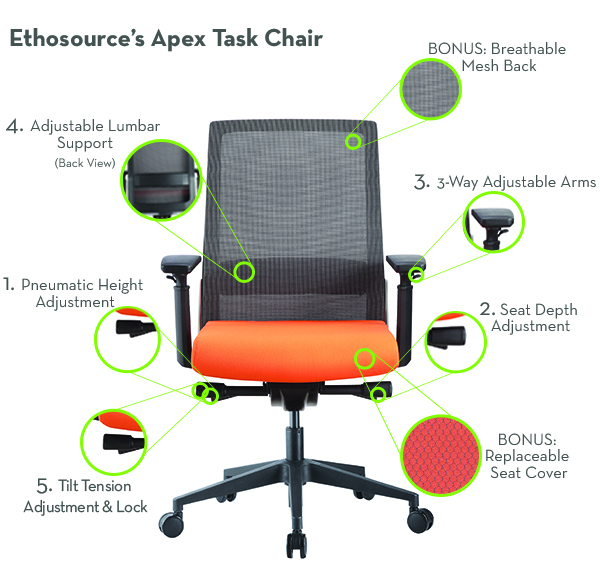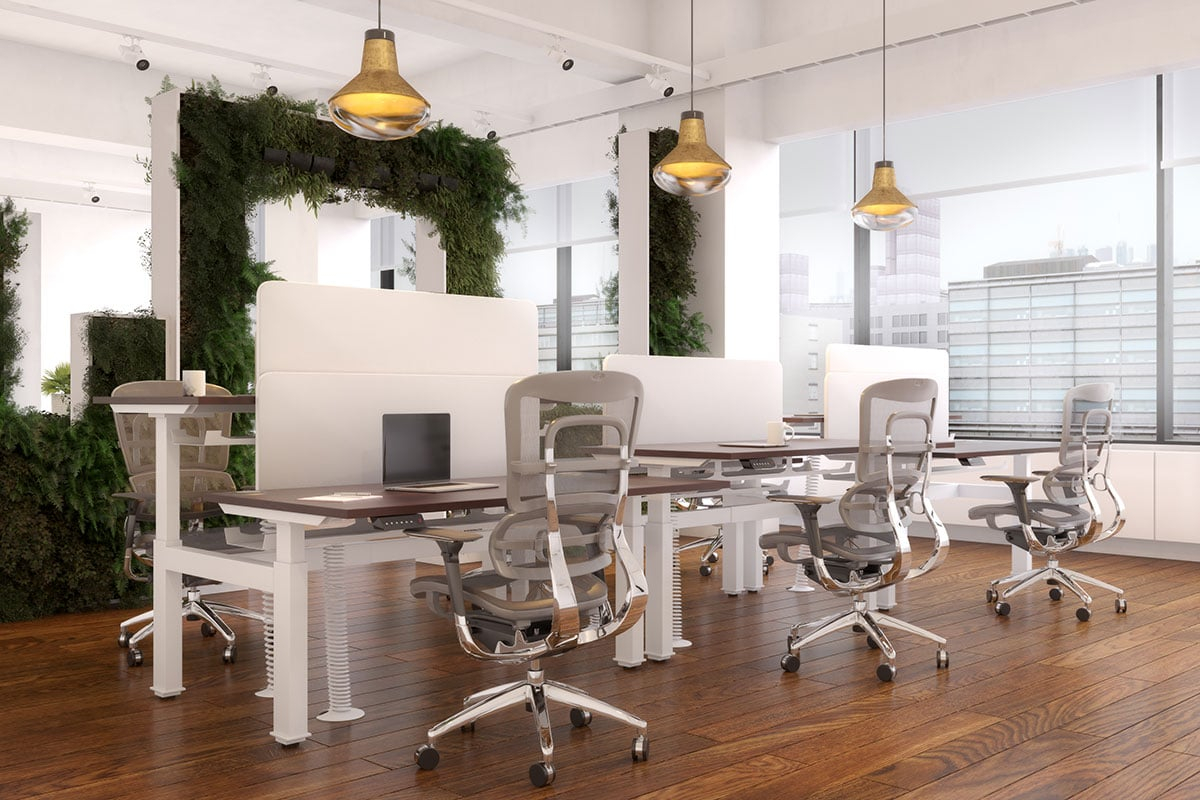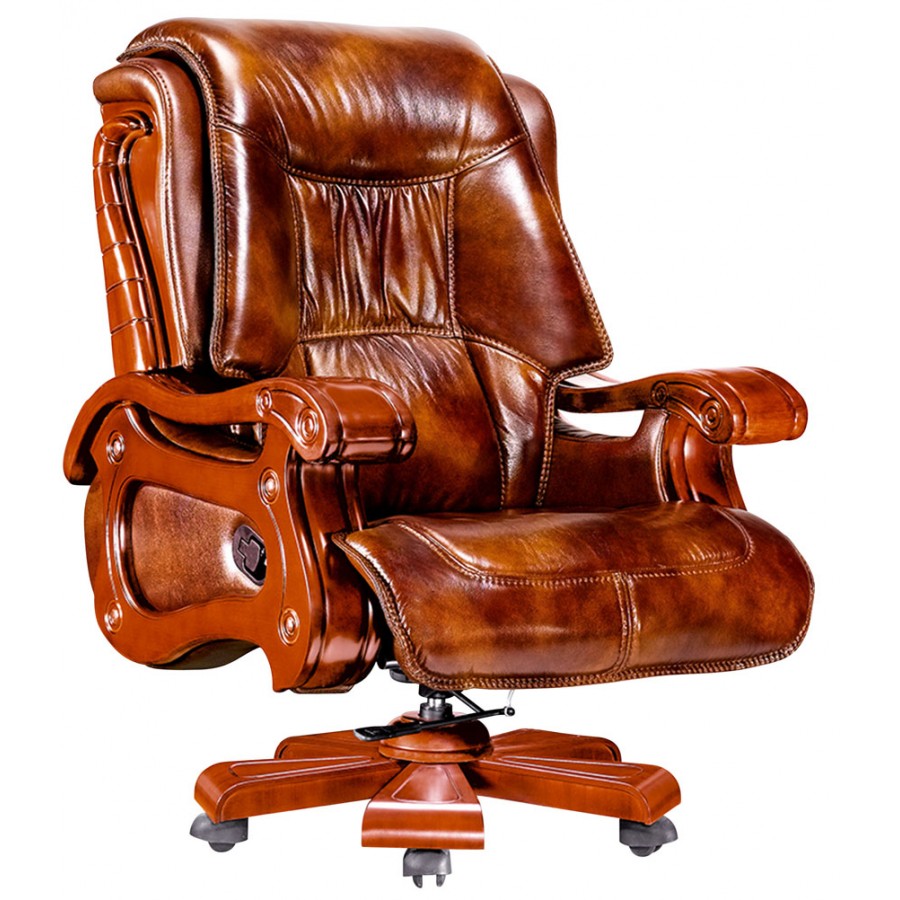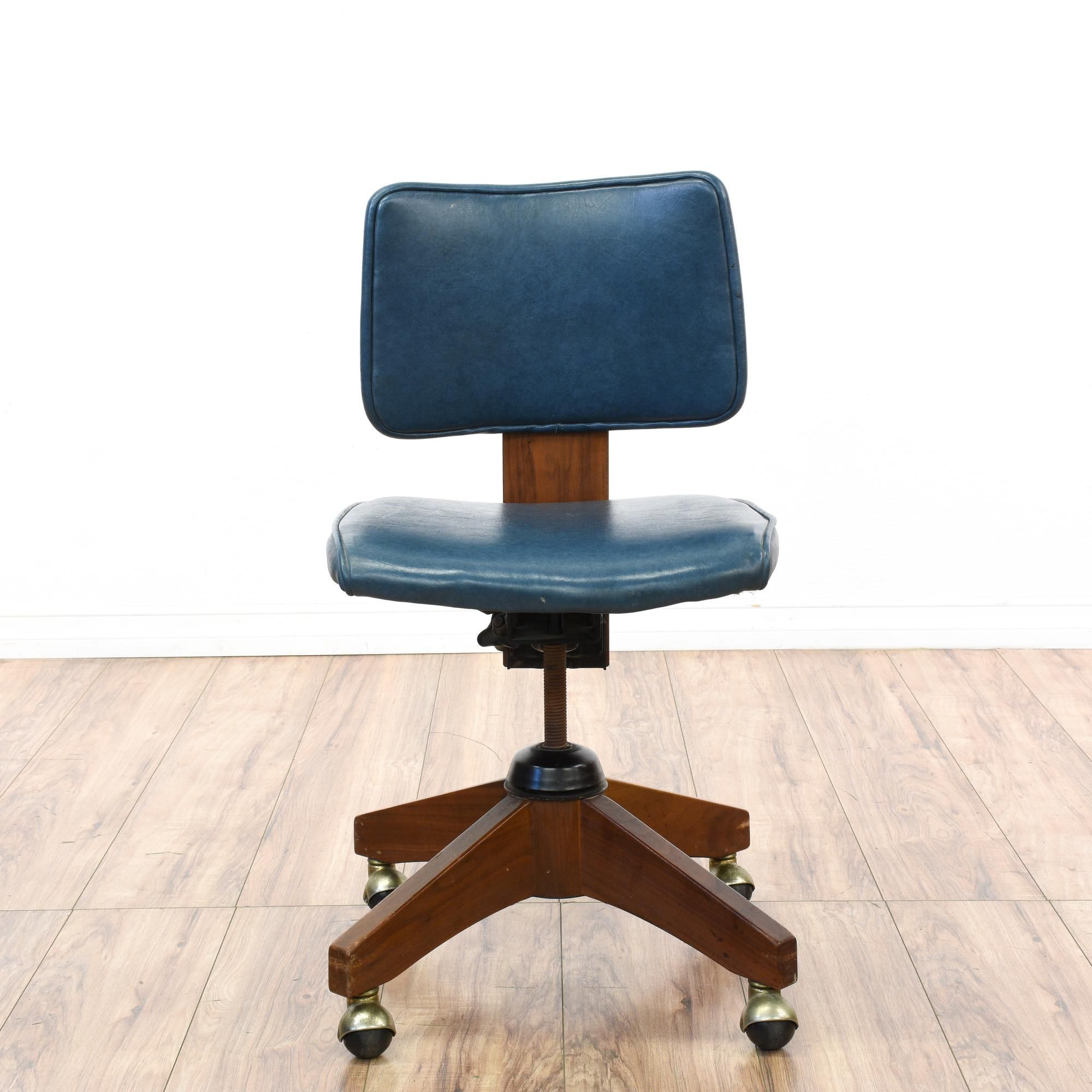We spend so much of our lives sitting, often at a desk. It’s easy to overlook the small things that can make a huge difference in our daily comfort and well-being. One of those often-overlooked heroes? The humble office chair footrest. But what if there’s more to it than just something to prop your feet on? Let’s dive deep and uncover the true potential of these often-underestimated workspace companions.
You’ve got a decent office chair, maybe even a pretty good one. But are you truly comfortable? Do you find yourself fidgeting, shifting your weight, or experiencing that familiar ache in your lower back after a few hours? It might be time to look beyond the chair itself and consider its perfect partner: the footrest. This isn’t just about putting your feet up; it’s about creating a truly ergonomic and supportive seated environment. We’re going to go way beyond the surface level here and explore the nuanced world of office chair footrests, helping you find the ideal fit for your unique needs and workspace.
Why Bother with a Footrest? The Ergonomic Imperative
Let’s start with the ‘why.’ Why should you even consider adding a footrest to your setup? It all boils down to ergonomics, which is really just a fancy word for making things work better for your body. When your feet aren’t flat on the floor or properly supported, it can throw your entire posture out of whack. This can lead to:
- Poor Posture: Slouching becomes almost inevitable if your feet can’t rest naturally. Your pelvis might tilt backward, leading to a rounded spine.
- Circulation Issues: Dangling feet can restrict blood flow, causing numbness or tingling.
- Lower Back Strain: Without proper foot support, your body tries to compensate, often by putting extra pressure on your lower back.
- Leg and Foot Fatigue: It’s simple physics – if your legs aren’t supported, they get tired faster.
A good footrest helps maintain a 90-degree angle at your knees and hips, promoting a neutral spine and better circulation. It’s about creating a stable foundation for your entire body. Think of it like building a house; a solid foundation is crucial.
Types of Footrests: More Than Just a Wedge
The market for footrests has really blossomed, offering a variety of options to suit different preferences and needs. Forget the basic, non-adjustable plastic things your grandparents might have used. Today, you’ll find:
- Adjustable Footrests: These are the workhorses. They typically allow you to change the height and angle, sometimes even the tilt. Many have a textured surface for grip. Some even have a rocking feature, which can be great for encouraging subtle movement.
- Ergonomic Footrests (with Massage Rollers): These take it a step further, often featuring a contoured design and built-in rollers. You can roll your feet over them, which can feel amazing after a long period of sitting and might even help with foot pain.
- Under-Desk Ellipticals/Pedals: These are a bit more involved, offering a way to get low-impact exercise while you work. They’re great if you’re really looking to combat sedentary behavior, but they can be a bit bulky and might not fit everyone’s desk setup.
- Simple Foot Hammocks: These attach to the underside of your desk and provide a soft, fabric sling for your feet. They’re minimalistic and great for just resting your feet at a comfortable height, though they offer less in terms of adjustability and firm support.
- Pneumatic Footrests: These use air pressure to adjust the height, offering a smooth and easy adjustment mechanism. They can be a bit pricier, but the convenience factor is high.
Key Features to Consider: Finding Your Perfect Match
So, you’re convinced you need one, but how do you pick the right one? Here’s what to look for:
- Adjustability: This is paramount. Can you easily change the height and angle to achieve that ideal 90-degree knee bend? Look for intuitive adjustment mechanisms. Some have levers, others have knobs, and some even use pneumatic assistance.
- Surface Texture: A non-slip surface is crucial. You don’t want your feet sliding off, especially if you’re moving around. Textured surfaces, rubber grips, or even a carpeted top can provide that needed traction.
- Stability and Weight Capacity: It needs to be sturdy enough to support your feet and legs without wobbling or tipping over. Check the materials and construction. Is it made of solid plastic, metal, or a combination?
- Size and Footprint: Consider your available space under your desk. Some footrests are quite compact, while others, like under-desk ellipticals, take up more room. Measure your space before you buy.
- Portability: Do you need to move it around? Some are lightweight and easy to slide, while others are quite heavy. If you plan to share it or move it between workstations, portability is a factor.
- Ease of Cleaning: Let’s be honest, feet can get sweaty. A footrest with a surface that’s easy to wipe down is a definite plus.
Setting Up for Success: Proper Footrest Placement
Getting a footrest is only half the battle; using it correctly is the other. Here’s how to set it up for maximum benefit:
- Adjust Your Chair First: Before touching the footrest, adjust your office chair so your feet are flat on the floor (or as close as possible) and your knees are at roughly a 90-degree angle. Your thighs should be parallel to the floor. This is your starting point.
- Introduce the Footrest: Now, place the footrest under your desk.
- Adjust the Footrest: Adjust the footrest’s height and angle so that when your feet are resting on it, your knees maintain that comfortable 90-degree bend. Your thighs should still be parallel to the floor, and your feet should be flat on the footrest surface.
- Check Your Posture: Sit back in your chair. Does it feel natural? Is your lower back supported by the chair’s lumbar support? Are your shoulders relaxed? Your arms should be able to rest comfortably on your desk or armrests without hunching.
- Experiment: Don’t be afraid to fine-tune. What feels perfect one day might need a slight adjustment the next. Listen to your body. If you feel any strain, reposition.
Common Pitfalls and How to Avoid Them
Even with the best intentions, people sometimes misuse footrests, negating their benefits. Watch out for these common mistakes:
- Using it as a Footrest for Bad Posture: The footrest isn’t a magic bullet. If your chair is set too high and your feet need to be on the footrest to reach the floor, you’re still not in an optimal position. The goal is to supplement a properly adjusted chair, not compensate for a poorly adjusted one.
- Constantly Shifting Weight: While some gentle rocking is good, if you find yourself constantly lifting your feet or shifting your weight unnaturally, the angle or height might be wrong, or the footrest itself might be uncomfortable.
- Ignoring the Angle: Just having your feet elevated isn’t enough. The angle is key. Too steep, and you’re straining your calves; too flat, and you’re not getting the ergonomic advantage. Aim for that neutral position.
- Desk Too Low or Too High: The footrest works in conjunction with your desk and chair. If your desk is too low, you might find yourself hunched. If it’s too high, your arms will be strained. Ensure all three elements work harmoniously.
- Over-reliance on Massage Rollers: While the massage feature is nice, don’t feel obligated to constantly roll your feet. Sometimes, just resting them flat and supported is all you need for improved posture and circulation.
Beyond the Office: Footrests for Home and Beyond
The benefits of a good footrest aren’t confined to the traditional office setting. Think about your home workspace, whether it’s a dedicated room or a corner of your living area. The same principles apply. If you’re spending significant time at a computer, a footrest can vastly improve your comfort and posture, preventing those aches and pains that can creep in.
Even for non-desk activities, like reading or crafting, a footrest can provide welcome relief and support. Many people find them beneficial when recovering from certain injuries or conditions that affect their legs or feet. The key is understanding that proper support for your lower extremities contributes to overall well-being, reducing strain and promoting better alignment, no matter where you’re sitting.
So, there you have it. The office chair footrest is far more than a simple accessory; it’s a vital component of an ergonomic and comfortable workspace. By understanding the different types available, considering key features, and learning how to set it up correctly, you can transform your seated experience. It’s about making small, smart adjustments that pay big dividends in terms of comfort, posture, and overall health. Don’t underestimate the power of supporting your feet properly. Your body will thank you for it, one comfortable workday at a time. Give it a try, and feel the difference.



